-
-
-
-
-
-
-
- Jackets and Vests
- Sweaters
- Shirts
- T-shirt and Pique shirts
- Work trousers
- Shorts and pirate pants
- Hi-Vis Clothing
- Hi-vis rainwear
- Rainwear
- Undergarments
- Underwear and socks
- Skirts and Kilts
- Overalls
- Hats and Caps
- Aprons
- Belts and Braces
- Knee pads and support protection
- Tool Belts and Material Pouches
- Disposable and Chemical Protection
- Protective Clothing, aluminised
- Miscellaneous
- Show fewer
- Show more
-
-
-
-
-
-
test
Marketed by Skydda, Northern Europe's leading
concept in personal protective equipment.



Mobile Menu
- Products
-
-
-
-
-
-
-
-
- Jackets and Vests
- Sweaters
- Shirts
- T-shirt and Pique shirts
- Work trousers
- Shorts and pirate pants
- Hi-Vis Clothing
- Hi-vis rainwear
- Rainwear
- Undergarments
- Underwear and socks
- Skirts and Kilts
- Overalls
- Hats and Caps
- Aprons
- Belts and Braces
- Knee pads and support protection
- Tool Belts and Material Pouches
- Disposable and Chemical Protection
- Protective Clothing, aluminised
- Miscellaneous
- Show fewer
- Show more
-
-
-
-
-
-
-
- Brands
- Knowledge center
-
-
- Newsroom
- Hidden
- Outlet
- Hidden
- Product news
- Hidden
- Hidden
- Customer service
- Log in
- Change language to danish
- Home
- Knowledge center
- Workwear
- Guide of materials
Guide of materials
Below is a brief description of the most common fibres and materials used in our workwear.
Cotton
Soft and comfortable fibre, with high wear resistance in both wet and dry conditions. Natural material where the plant fiber comes from the cotton plant. Often combined with polyester - to further strengthen and obtain better drying properties in the material.
Advantages with cotton:
- High comfort.
- High wear resistance.
- Good absorbency.
- Withstands higher temperatures in washing.
Elastane
The elastane increases comfort for the user and maintains the shape of the garment, which contributes to a longer use phase. Elastic synthetic fiber that is mixed with other materials and enables the material to become flexible and stretchable.
Advantages with elastane:
- Can stretch up to six times its original length with full recovery.
- Chemical resistant.
Polyamide
A strong synthetic fiber with high abrasion resistance that increases the lifespan of materials. Polyamide has good elasticity and holds its shape well, while absorbing a little moisture and drying quickly. A common brand is Nylon. Polyamide is used in high-performance fibers such as Kevlar® and Cordura®.
Advantages with polyamide:
- Very wear rate.
- High elasticity.
- High abrasion resistance.
- High chemical resistance.
- Quick drying.
Polyester
Synthetic fiber that is a suitable fiber for work clothes thanks to its durability, durability and abrasion resistance. Polyester is available in many different variants that provide different properties and areas of use, high formability while transporting moisture well. A combination of polyester and cotton provides a durable and comfortable garment.
Advantages with polyester:
- High wear resistance.
- High formability.
- Chemical resistant.
- Very durable.
- Good abrasion resistance.
- Withstands higher temperatures in washing.
- High color fastness.
Wool
Renewable raw material. In the production of wool, less water and energy is used compared to other materials. Natural material where the wool fiber comes from sheep. Does not need to be washed very often, but it can be enough to hang the garment up and out for airing.
Advantages with wool:
- High insulating capacity.
- High absorbency.
- Warms equally well in wet and dry conditions.
- High comfort.
Viscose
Fiber made from cellulose from, for example, bamboo, spruce or other trees. Bamboo is grown efficiently as it grows quickly and requires few chemicals/sprays. The viscose fiber is soft, holds its shape well and has a high level of comfort.
Advantages with viscose:
- Soft material with a nice fit.
- High comfort.
- High absorbency.
- Good color fastness.
Fleece
Fleece has similar properties to wool but is a synthetic material that weighs significantly less. The material is almost always made of 100% polyester. It is light, stretchy, soft, warming and easy to wash.
Two and three layer materials
In a two-layer material, there are two layers, outer material (1) and membrane (2); joined together. The exterior protects against wind and provides wear resistance, while the membrane protects against moisture. In this construction, a loose lining is used to protect the membrane from damage.
In a three-layer material, there are three layers that are joined together; outer material (1), membrane (2) and lining (3). The exterior protects against wind and provides durability, while the membrane protects against moisture and the lining lets water vapor through and creates very good permeability as it is a compressed construction.

Softshell
Garments called softshell have a material made of several layers that are laminated together. The material has good stretch properties, which makes them comfortable to wear.
Soft shell; 1. The outer fabric is windproof and water-repellent. 2. The middle layer is windproof with good ability to transport body heat. 3. The inner layer is soft, insulating and transports moisture.
Construktion
Advantage with 2-way stretch
A 2-way stretch provides maximum stretching in two directions and is used in garments that should have a little more elasticity.
Advantage with 4-way stretch
A 4-way stretch provides maximum flexibility in all directions in material and is used in garments that must have maximum elasticity.
Advantage with mechanical stretch
A fabric with mechanical stretch is woven using a technique that gives the material stretch properties in two directions without having to use a special fiber. Today's materials can also achieve a high elasticity in a mechanical stretch.
Advantage with Canvas
Canvas fabric is a very densely woven, strong and durable fabric that is mainly used in work trousers.
Advantage with Panama
A weaving technique with doubled threads in one direction produces a strong and durable fabric.
Advantage with Twill
Twill is a weaving method that creates a diagonal pattern in the fabric. These fabrics are generally softer, while the wear resistance is high.
Advantage with Sorona®-Twill
An elastic fiber that stands for long lasting performance. Used by L.Brador in a twill material belonging to the Sorona® Agile family. The Sorona fiber is based on 37% renewable bio-based raw material.
Advantage with Polyurethane (PU)
Used as a coating on fabrics to provide a light and functional rain garment with high water resistance. Also maintains elasticity and mobility at slightly lower temperatures.
Brands as material
|
|
CORDURA®
|
|
|
DYNEEMA®
|
|
|
SORONA®
|
|
|
FLEXICOMB™
|
|
|
3M®
|
|
|
KEVLAR®
|
Our responsibility
- Our responsibility
- Certifications
- Privacy policy
-
We are members of:

Customer service
Skydda International
- Phone: +46(0)321-67 75 20
-
E-mail: support@skydda.com
- Welcome to contact us!
A selection of our brands
Skydda Europe in Bergman & Beving koncern.










